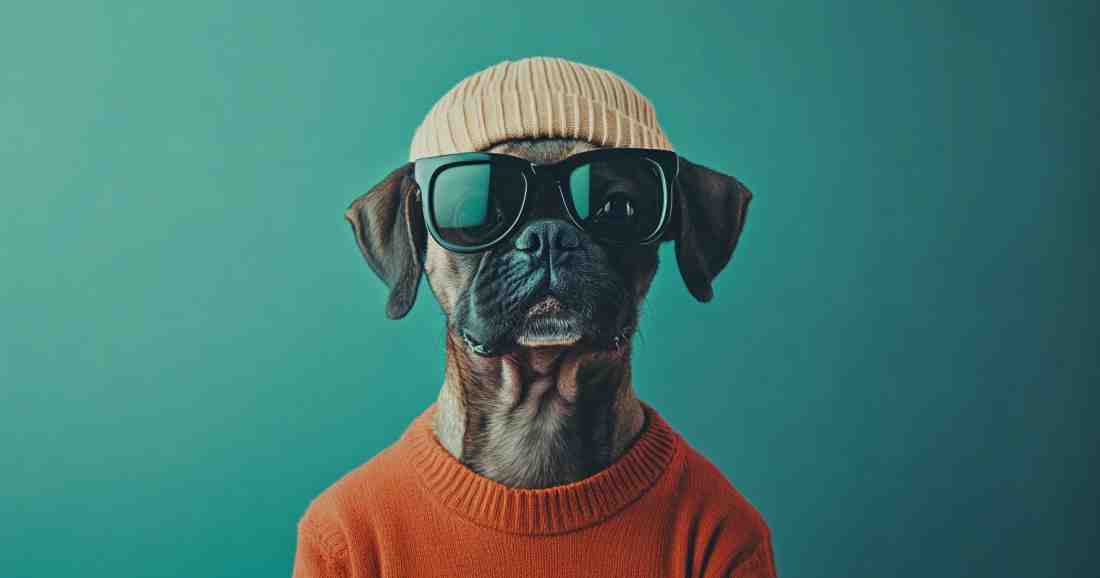
See your dog’s human personality come to life in the imaginative What Would My Dog Look Like as a Human Quiz, Discover Your Dog’s Human Alter Ego! Ever wondered what your furry friend would look like if they were human? The What Would My Dog Look Like as a Human Quiz will reveal their human persona based on their personality, behavior, and unique quirks. Dogs, like people, have distinct traits that shape their interactions, moods, and habits. Some might resemble adventurous explorers, while others might be laid-back homebodies. This quiz will help you visualize how your dog’s personality translates into human form!
Dogs express themselves through their behavior, body language, and temperament. If transformed into a human, their characteristics would influence everything from style to attitude. The What Would My Dog Look Like as a Human Quiz will explore these key traits to create a fun, imaginative comparison.
- Is your dog outgoing and energetic? They might be a thrill-seeker who loves adventure.
- Does your pup enjoy lounging and relaxing? Their human version might be a book-loving introvert.
- Is your dog protective and alert? They could resemble a strong, dependable leader.
- Does your pup love meeting new people? Their human counterpart might be the life of the party.
Understanding Your Dog’s Human Side
Every dog has a unique way of interacting with the world. Some love attention and crave social settings, while others prefer solitude and quiet moments. The What Would My Dog Look Like as a Human Quiz will help you recognize how your dog’s temperament and habits align with human personalities.
- Extroverted dogs love socializing and being the center of attention.
- Independent pups value their space but show affection in their own way.
- Playful dogs bring energy, excitement, and joy to every moment.
- Loyal companions always stay by your side, offering comfort and protection.
Fun Facts About Dogs and Human Traits
Did you know that dogs can mirror human emotions? Studies show that dogs pick up on our energy and often develop behaviors that reflect their owners’ personalities. In fact, some breeds even have facial expressions that resemble human emotions! The What Would My Dog Look Like as a Human Quiz takes these connections into account to imagine your dog’s perfect human look.
Take the What Would My Dog Look Like as a Human Quiz Now
Curious about your dog’s human alter ego? The What Would My Dog Look Like as a Human Quiz will analyze their personality, quirks, and habits to determine their human equivalent. Whether they’d be a sporty adventurer, a calm intellectual, or a fun-loving socialite, this quiz will bring your pup’s human side to life. Find out now!
